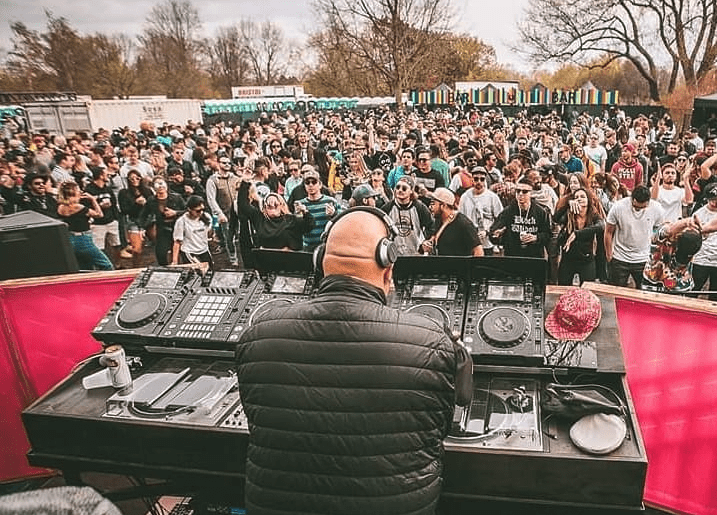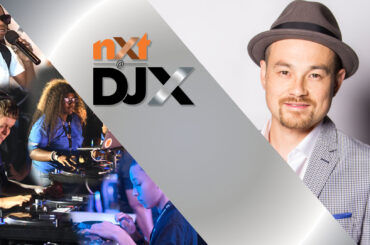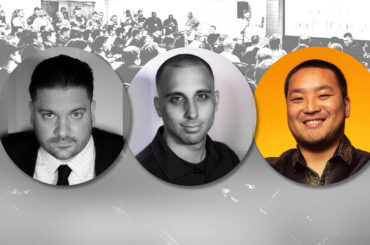Riders in the DJ world are usually divided into two categories: Hospitality and Tech Riders.
A hospitality rider is usually the amenities provided by the organizer or promoter for the DJs before, after or during their show. It can be something as simple as bottles of water or a 6 pack of beer for the sensible DJs; Grey Goose Vodka, some fancy Tequila or Möet Champagne for your average touring DJs; Mezcal, Coconut water, incense for your Shaman DJs; and finally Cake, a dozen fresh white socks, a floaty and black towels for your superstar DJs — not to forget 50 groupies on the free guest list with backstage wristbands.
But let’s not get into too much detail and leave the hospitality rider to promoters to handle.
Tech Riders, as the name suggests, are the requirements for gear and equipment provided by the club or organizers. What I’m going to discuss here is some general information concerning tech riders that can be useful for DJs, managers, sound engineers and technicians that deal with DJs, talent bookers/promoters, and booking agents.
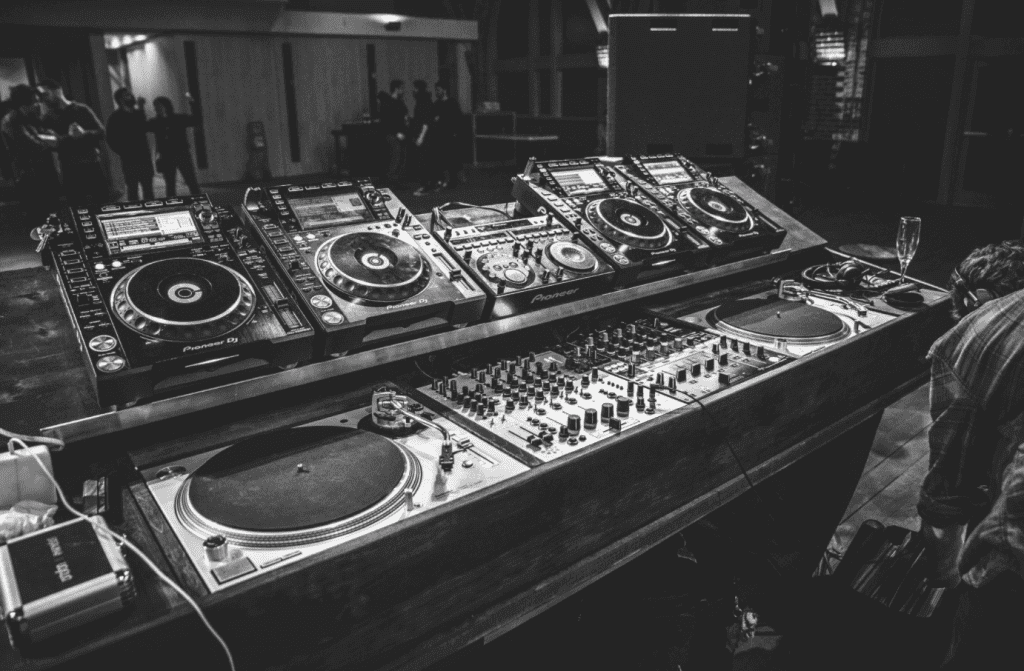
Typical standard DJ riders in the electronic music world usually consist of Pioneer’s latest CDJs for digital playback (currently their NXS2 line) and Technics SL 1200 (MKII and above) for vinyl records, the club-standard since the late 70s. Pioneer DJM900NXS2 (or its predecessors) and Allen & Heath Xone 92/96 have been the club-standard DJ mixers for the past 2 decades. Most clubs and rental/production houses have this gear readily available and DJs that request anything on that list are often guaranteed a hassle-free show with minimal issues.
Typical standard DJ riders in the electronic music world usually consist of Pioneer’s latest CDJs for digital playback (currently their NXS2 line) and Technics SL 1200 MKII and above for vinyl records.
But things can get a little tricky when DJs start requesting non-standard gear.
The most common non-standard item is usually the DJ mixer. For example, the Rane MP2015, Xone DB4, and Model 1 are some of the mixers that get requested more frequently. Most clubs don’t have that setup and will rent them for those shows.
If you’re a club or touring DJ that gigs a lot, and happy with what the standard gear has to offer — and to be fair, they offer more than most DJs will ever need — stick to the standard stuff and you’ll have less overall hassle, less stress and live longer.
Speaking of standard gear, we can’t forget about battle mixers that turntablists usually request such as Rane 72 or Pioneer DJM S9. While most clubs don’t have these mixers set up as the house mixer — unless their main focus is on hip-hop — they’re readily available and easy to find.
If you’re a club or touring DJ that gigs a lot, stick to the standard stuff and you’ll have less overall hassle, less stress and live longer.
Then you have the classic house DJs that like their old rotary rack-size Rane, Bozak, Alpha Recording, etc. with isolators, that send the promoters scrambling to find them if they’re outside of big cities. So, good luck finding those mixers in some destination festival on a tropical island.
We should also talk about the new craze for boutique desktop rotary mixers, which can be much harder to find if the DJ is not touring with them; they can sometimes be intimidating for other DJs on the lineup who have never seen or played on one, if that’s the only mixer setup for that show.
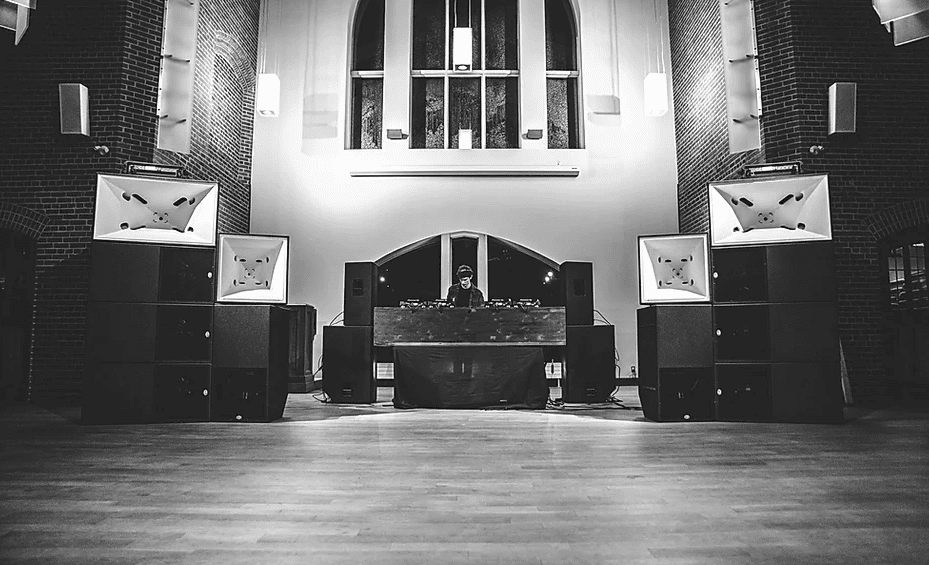
Some of these mixers sound amazing when the DJs using them are highly skilled and know their gear well, but they can also become a nightmare when the inexperienced DJs try to use them and don’t know how to deal with lack of meters, EQs or gain knobs on some of the more stripped-down models, resulting in the levels being all over the place. Also, they’re generally less forgiving when it comes to mistakes.
Boutique desktop rotary mixers can be much harder to find if the DJ is not touring with them.
Another group of DJs that are getting smaller in number compared to 10 years ago is laptop DJs. Traktor and Serato users still remain popular in some circles, who usually travel with their controllers — such as NI controllers or Xone K2 in the electronic circles and Serato enabled mixers and controllers with scratch DJs.
If you belong to this group, make sure you send diagrams with measurements on your rider so that the club or the organizer can plan to provide space for your setup. The same goes for artists who play live PA sets using hardware, midi controllers, laptop, etc. Good communication and setup before the show and a quick sound check will save everyone a lot of headache.
At the end of the day try to have the most efficient and practical setup — and that you’re going to use most if not all of it. Rolling into a gig with half the gear in your studio if you’re only going to launch samples from your laptop and not use the rest of the gear will not impress anyone; it will just make you look bad.
Another less rider-related but rather more gear-related topic is the all-in-one DJ controller/console. When I owned a small club, I had instances where some DJs rolled in and wanted to patch one of those consoles into the house mixer. While these controllers are great for bedroom DJs, small bars and mobile DJs, please DO NOT bring them into a nightclub with high-end gear and sound system. They are not high quality professional sounding equipment and if you can play on those, you can easily play on standard club setups — just ask you local bar or a DJ friend if you can go practice for half an hour if you’re just getting started and you’ll be up and running in no time.
Rolling into a gig with half the gear in your studio if you’re only going to launch samples from your laptop will not impress anyone.
Besides turntables, mixers, and media players, some DJs also request Effect machines and Samplers. Some of the common ones are Pioneer’s RMX1000 and the older EFX1000 and the Pioneer DJS1000, which is a sampler used for playing loops, samples, and stems. These pieces of gear are not super difficult to source in bigger cities but it costs extra money for the clubs and promoters to rent, so only have them on your rider if you’re truly going to use them.
The same goes for the 3rd or 4th deck. If you’re a not a minimal techno DJ that needs to layer 3-4 tracks or a house DJ that’s going to load classic vocal samples on the third deck, and you just mix two tracks at a time, don’t request 4 CDJs that you’re not going to use, just because you might think it looks better in photos.
Also, make sure your rider is up to date, and your agent or management team is keeping you in the loop if the promoter is having difficulty sourcing a non-standard piece of kit. If you’re going to use a delay a couple of times in your set, or you can live without that isolator that was built in the 90s and it’s near impossible to find, give the promoter a break, or just pack your small delay pedal or RMX, it still beats traveling with 2 massive record bags the way it used to be in the old days, when all you have to take is a small hard drive or a USB stick and a set of headphones to a gig.
Don’t request 4 CDJs that you’re not going to use, just because you might think it looks better in photos.
Most tech riders I see also have a line or two about booth monitors. Some are more specific than others and actually specify the brand of speaker they want or how they want them set up. Generally speaking, most riders request 2 high output full-range speakers with subwoofers on both sides of the DJ booth in stereo, not further than 3-4 feet (roughly a meter) from the DJ with the top speakers at ear level or pointed at the DJ’s ears — a configuration also known as “Texas Headphones.”
As a side note to sound engineers and system designers, DJ monitors are not the same as “stage side fills” and “floor wedges” that bands use when they perform, therefore they need to be treated differently. DJs like their monitors as close as possible, with the least amount of processing that may introduce delay or latency in digital systems in the chain. They also need to be able to control the volume directly from the DJ mixer, which could become problematic for house engineers when the monitoring system is not powerful enough.
You will come across DJs who are half deaf and will turn up their monitors way too loud and start clipping the system, even if they’re keeping the individual channels clean. The best way to address this issue is to have a preamp between the DJ mixer and the monitor speakers, or to patch it to your FOH console before going back to the monitors and leave yourself 10-15 db headroom.
With the surge of EDM a few years ago, lighting, visuals and special effects became more elaborate, and a major priority to help boost the music’s stage appeal, which otherwise lacked the ability to stimulate the senses as a standalone medium. However, it’s not very common to have lighting as part of the DJ tech rider. Unless the show in question is a stadium show or a massive festival and the headliner(s) have rock star status, the production when it comes to lighting and visuals tends to follow a general theme of what the show organizers envision as opposed to the individual artist or band. Lighting and visuals for DJ shows are not heavily rehearsed. They need to stay more fluid and flexible to accommodate multiple DJs, with sets that are presumably not pre planned, therefore it’d be a difficult task to include a comprehensive lighting design in the DJ rider, but it has been done on rare occasions.
DJ riders do sometimes have vague directions for lighting; things like “darker ambient lighting,” “No CO2,” “no lasers,” etc. for the more “underground DJs.” For the borderline commercial DJs, they will likely have their own visuals and graphics for projection and video walls. They will usually send a link to a file containing their visual content along with their rider, that the VJs and lighting techs can use in the show. These visuals are more common in the festival circuit and less common in night clubs, especially with the demise of superclubs.
Most riders I’ve seen are anywhere between half a page, to two pages for those who have a more elaborate setup for a live or hybrid DJ set. The lengthiest rider I’ve personally seen was around 20 pages. It went into great detail, such as how the DJ mixer is supposed to be patched to the front of the house, how they didn’t want subwoofers with 21” drivers, or horn loaded speakers, and how the booth monitors had to be a certain model of a certain brand of speaker manufacturer. In my opinion 90% of what was on that 20 page rider would have no significant impact on the show, assuming the show is produced and executed by professionals who know what they’re doing. Keeping your rider short and to the point is probably the best practice and will ensure a smooth experience with minimal confusion.
Another relatively common but odd request I’ve come across in some riders, is about DJs not wanting a certain brand of speakers as monitors, or not wanting powered speakers as monitors, which doesn’t make much sense to me. A powered speaker only means the amplifier is placed inside the speaker cabinet and it shouldn’t affect the performance of the speaker as long as it is a professional grade product, designed for the job. I understand where the hesitation comes from, some of the underpowered, low quality, prosumer grade speakers that can be found in your local pub or in some backyard wedding, have no business being set up as monitors in a loud club.
DJs will benefit greatly if they spend some time learning some general knowledge about audio engineering and basic PA setups in addition to the DJ/production gear they use in their studio, especially if they’re going to include instructions and demands in their tech rider. Nothing is worse than having stuff in the rider that doesn’t make sense, or if they’ve copied it from someone else’s rider and don’t actually know what it means or why it’s there.
I remember a few years ago, I was stage-managing at a destination festival and there were three different artists on the line-up requesting three different mixers. The opener wanted a Xone 92, second one a DB4 and the last one a Rane MP2015. This was at a club with a relatively small DJ booth and it would have been very difficult to set up three mixers and impossible to do two independent setups so they would have to share decks. We convinced two of the artists to use the Xone 92, and the third artist to use the MP2015, that way I could patch the RCA analog outputs of the CDJs into the Xone 92 (an analog mixer) and the digital outputs from the same CDJs into the Rane 2015 (a digital mixer). This would make the DJ changeover easier and it also addressed the space limitation in the booth.The other problem was the PA. This particular club only had one input for master so I ended up having to chain the master output of the Rane into a free AUX channel on the 92. This was the logical thing to do, since 92 is an analog mixer and there is no analog to digital and back to analog conversions happening inside the mixer.
Now fast forward to 10 minutes before the start of the show: the headliners who were playing on the Rane mixer started complaining that they wouldn’t play unless their mixer was directly patched into the PA and didn’t go through the 92. They also insisted on switching to RCA cables instead of digital cables to connect the CDJs to the Rane mixer! To this day I never understood their logic as to why they wanted to do things backward, but that’s what they wanted and I was not in the mood nor had the time to argue and just did it their way.
A former club owner, Borzoo Mehrzad owns Ulloriaq, a firm in Toronto that specializes in producing parties and festivals as well as consultation for designing and operating venues, providing sound, back line, stage & set design, visuals, bar management and operation, admission, logistics, stage management and artist liaison and other related services for music festivals and pop up parties.
To check out more DJ tips, click here.


